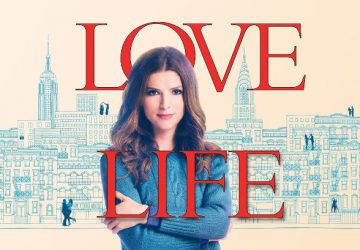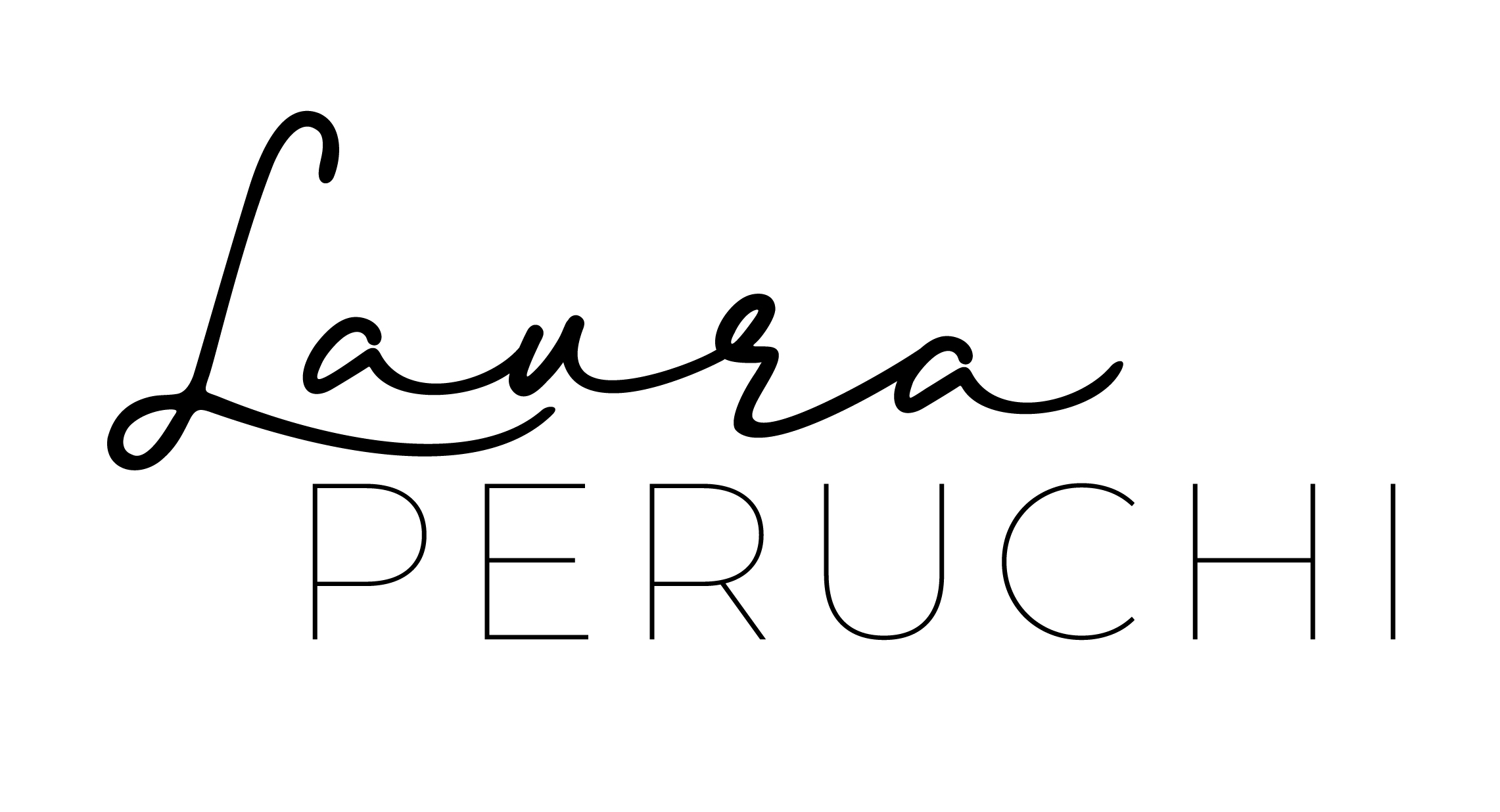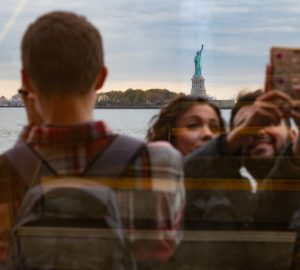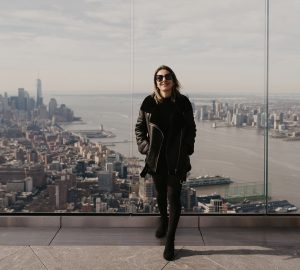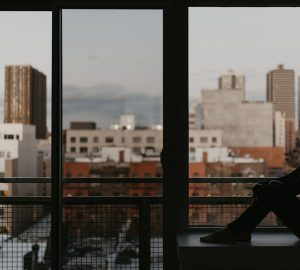One of the main concerns of travelers to New York is the weather. How cold is gonna be? How hot is gonna be? Well, I already wrote a post here on the blog talking about this subject – and you can check here . The seasons will directly influence the weather here – even because they are super well defined. Today I decided to write this post to talk a little about each one of them and what you need to know. Remember that the seasons of the year in the Northern Hemisphere are opposite the seasons of the year in the Southern Hemisphere.
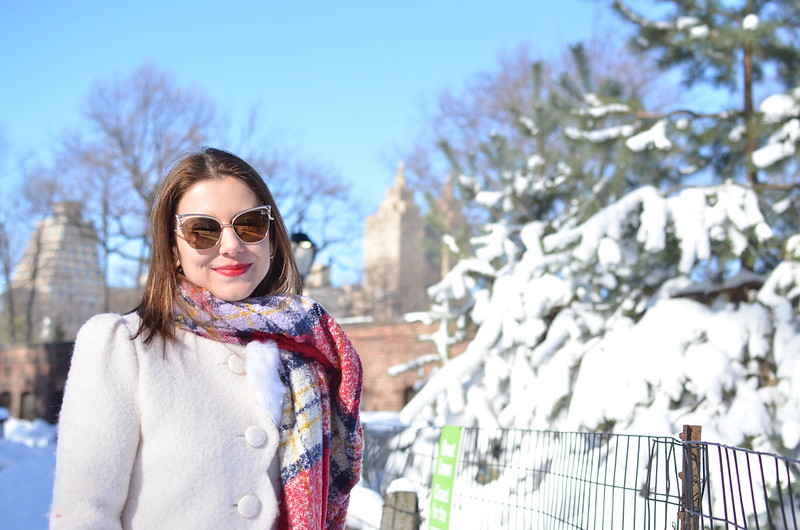
Winter – Let’s start with winter, the season most loved by tourists and most hated by New Yorkers, haha. Jokes aside, it is worth remembering that the winter officially begins on December 21 and ends on March 20th. I would say that 99% of people who visit New York in the winter have a very specific desire: to see snow. One very important thing you need to know about snow in New York: it does not snow here for days. It’s very common for people to ask me if it’s still snowing after they know it’s snowing. The truth is that it snows here only one day – it is not like in other cities that snow falls for days without stopping. Remember that snow is a phenomenon that needs very specific conditions to happen (so, just believe in snow forecasts two days in advance). It is also good to keep in mind that January and February are the months with the most tendency to snow (in December and March is rarer – but it can happen). Besides, these two months are usually the coldest months – with February always being the worst. About snowstorms – they do occur, but I would say they are rarer phenomena around here and no, you will not spend days in the hotel. These strong weather events are announced ahead of time and the government always announces the measures that will be taken. In the height of winter (January and February), we have days with freezing temperatures – and even worse thermal sensations. New York is a windy city, so be prepared. Temperatures range from 32 to 43F in December, 26 C to 38F in January, 28 to 41 in February and 35 to 49F in March – noting that these are averages, okay? Oh, and you will only feel the cold when you are outside – because everyone, absolutely everywhere (from shops to subway) have heating. Another important point about winter is the landscape: the trees lose all leaves and become “naked” during the winter. That’s why I do not think interesting to visit botanical gardens at this time. Remember that some attractions do not work in the winter, like Luna Park in Coney Island and Governors Island. Otherwise, the city works normally! A lot of people think that transportation stops or that there are no ferries to the Statue of Liberty, but the truth is that New York is really the city that never sleeps – even in winter.
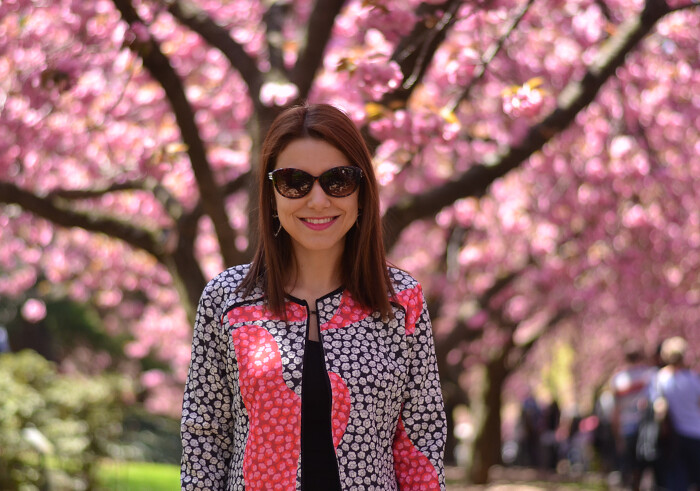
Spring – One of the most beautiful seasons in New York, spring begins March 21st and ends on June 20th. It’s the half-season: it starts cold and ends hot. That means you still have to wear warmer clothing at the end of March and during the month of April, but in May the scenario tends to improve a lot – I consider May and June two great months for those who do not like extreme temperatures. Temperatures range from 44 to 61F in April, from 54 to 70F in May and from 63 to 79 in June. The scenery in the city is beautiful with many flowers. The cherry blossom season leaves the city all pink. But unfortunately, they last about two weeks – usually the last week of April and the first week of May. At the Brooklyn Botanical Garden website, you can follow the blooming status. You will also see many flowers by the flowerbeds of the city (tulips are my favorite). At this time, people also often suffer from allergies – anyone with rhinitis should be aware because the air is filled with pollen. If you are sensitive, bring your medicine – the pharmacies here also sell without prescription. Look for “indoor and outdoor allergies” and the term “non-drowsy” – this will ensure you do not fall asleep and ruin your trip!
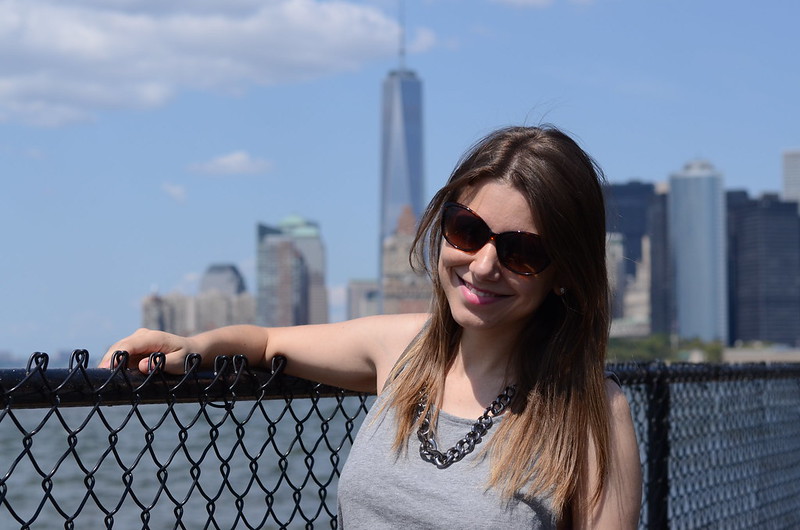
Summer – It’s even funny when I talk to some people from Brazil about the New York summer. The city is so well known for winter that there are those who think that it is not hot here. But it is … and how it is! The summer officially begins on June 21st and ends on September 22th. Leave your coats at home, because you will not need them in the New York summer. Keep in mind that the New York summer is very humid, which worsens the feeling of smothering and makes it worse that feeling that absolutely every inch of your body is sticking. But overall, I would say that it is not like that every day. It depends on the year, of course. July and August usually have the hottest averages – especially the second fortnight of July and the first fortnight of August. In September, the weather is a delight – it’s another ideal month for those who do not like extremes. Temperatures range from 68 to 84F in July, 67 at 82F in August and 60 at 75F in September. The landscape is green – the trees are at the height of the foliage, the parks are “alive”, people picnic, restaurants set tables on sidewalks …
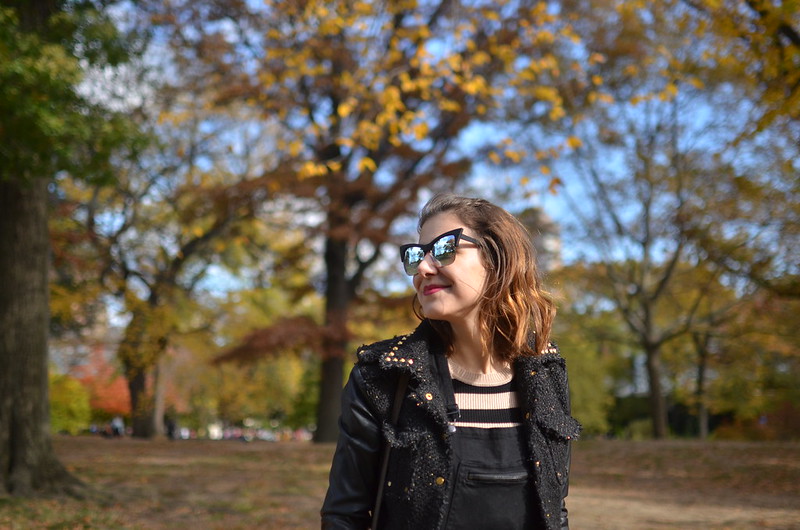
Fall – Another beautiful season in New York! It starts on September 23th and ends on December 20th. And it is like spring, half-season, but the opposite: it begins hot and ends cold. The landscape turns completely, with the leaves of the trees changing colors and falling. Seriously, seeing the yellow, orange and red leaves is one of the most beautiful things here. There is nothing more inspiring than walking in Central Park during that time, which usually lasts about three weeks. You can not define an exact day for changing colors, but in general, the landscape begins to change from the second half of October – that is, after the 15th. Sadly, autumn is like spring and all this beauty It lasts a little – the summit of the landscape lasts about three weeks. Do you want to know how the foliage status? Check out this website. And, of course, to appreciate all this beauty the tip is to visit the various parks and gardens of the city. In addition to Central Park, it’s worth to go to the Brooklyn Botanical Garden, New York Botanical Garden, Randall’s Island, Roosevelt Island, Prospect Park, among others. Autumn marks the celebration of Halloween, the pumpkin season and the celebration of Thanksgiving – see here a post with suggestions of things to do. Temperatures range from 50 to 63C in October, 41 to 53F in November and 32 to 43F in December. Ah, allergy sufferers should be aware as there is pollen in the air also during the fall.
PS: The average temperatures were searched on the National Weather Service website. As I mentioned, they are average. Always remember to download a weather app – like Yahoo – and keep track of the forecast for the period of your trip, even checking for the thermal sensation.

Laura Peruchi is a Brazilian blogger, author, and entrepreneur. She has lived in Manhattan with her husband since 2014. Since then, she has shared on her blog varied content about the Big Apple. From travel tips, including unusual things to do, shopping tips, etiquette, restaurants, and a lot more, her blog has become a reference in Portuguese (also available in English) for anyone planning a trip to New York City.
